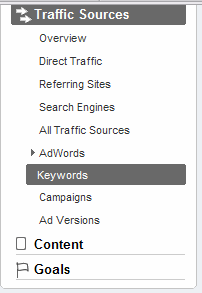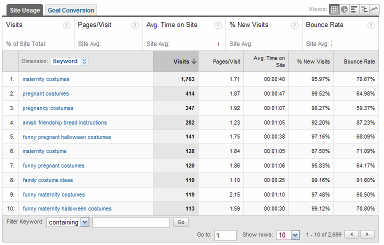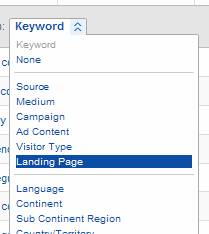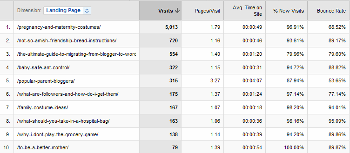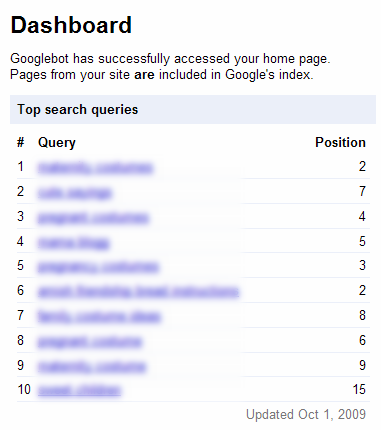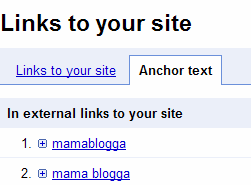Over the years, we’ve talked a lot about building communities around our blogs—connecting one on one with our readers, and encouraging them to connect to one another. I went back through some of the best posts we’ve had on those topics and gathered up the best advice.
 From Michelle at Scribbit:
From Michelle at Scribbit:
- Commenting on other’s posts is the best way to build community–but beyond that choosing topics is the most important.
- Choose topics that are relevant to your readers. Put yourself in their shoes and think about what you’d want to read.
- Paying attention to other people’s posts and then responding to them in a post of your own is a good way to promote discussion and build community.
From MommyZabs:
- I believe that if you desire people to comment on your blog and see your comment numbers going down (over a period of time, not just one post) you need to make sure you haven’t given off signals that you don’t want others’ input. The easiest way to remedy that is to invite opinions, comments.
- Pay attention to the types of post content that gets people talking, make sure to commit to that type of post regularly.
- Write posts relevant to your readership.
- Talk back, respond. No one likes to talk to someone who just stares back. That is what it can feel like when you put yourself out there on a blog comment and know one acknowledges you.
- Post on a regular basis. This is important for 2 major reasons.
- The more people see something the more it is on the front of their mind. If they are coming to read your blog daily because you post daily, it is less likely to creep toward the back of their mind.
- Let’s face it, though feed readers are an excellent way to track the blogs you read, there are still those that don’t use it! If they click day after day and barely see a post, chances are they will stop coming.
From me:
 I think it’s also good to let your readers know how they can connect with you. A blog community doesn’t just have to stay on one site—and neither do your friends!
I think it’s also good to let your readers know how they can connect with you. A blog community doesn’t just have to stay on one site—and neither do your friends!
Guest blogging is another way to find new readers who might like to join your blog community—people who are interested in what you’re writing about.
Finally, you can help to encourage more comments on your blog by asking questions in your posts.
And now I will: what bloggers do you think have great communities? What have you seen those bloggers do to reach out to their readers?
Photo credits: plug—Rennett Stowe; clasp—Bao Ngo
 Hey there,
Hey there,
